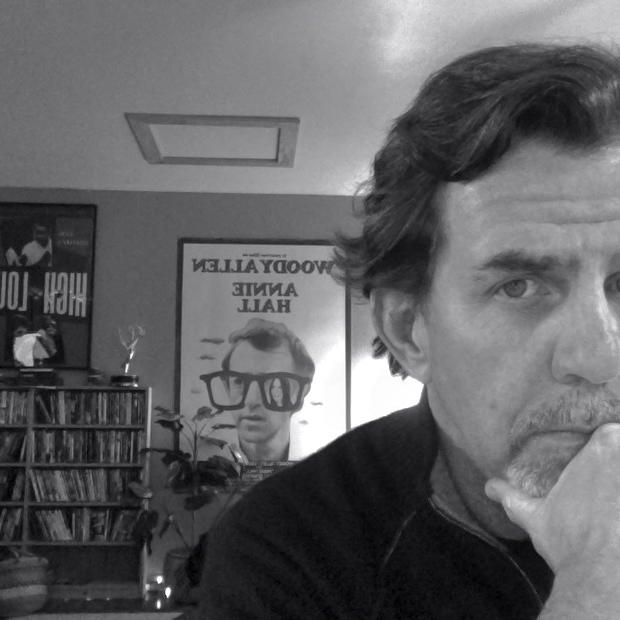Shailene Woodley anchors the erratic but frequently arresting White Bird in a Blizzard, adapted from the novel of the same name, which author Laura Kasischke loosely based on a true story. That story, the disappearance of a teen girl’s mother, is brought to life here in scenes that veer from comedic deadpan to flirty seduction to outright sadness. Navigating the tone is a major challenge, but thankfully Woodley is on hand to guide us. The actress radiates a surface of strength and maturity, while masking a thin-as-eggshells fragility.
The movie takes place from 1988-1991, much of it set in the bedrooms, basements and living rooms of an America where Prozac anesthetizes the adults and the kids kill time with cigarettes, sex and the early years of emo rock.
Woodley’s parents have a lifeless marriage that has finally driven her mother over the edge. Eva Green plays mom like a bat out of hell; her voice a husky, wine-soaked croak; her body a cauldron of sexually repressed desire. When she disappears after days of increasingly bizarre behavior, Woodley doesn’t miss her much, but she has to deal with her father (Christopher Meloni) who mopes around the house in a pretense of grief.
While she is working through events in her head, the rest of her is having an affair with the 40-year old cop (Thomas Jane, rugged and muscular, natch) investigating the case. She decides to have this fling while waiting for her more appropriately aged boyfriend, the lunkhead next door (Shiloh Fernandez), to become interested in sex again. Woodley's character is also seeing a psychiatrist (Angela Bassett), whose questions help spark the flashbacks which supply the movie with a surreal visual dimension it sorely needs.
White Bird in a Blizzard is a striking metaphor for both Green’s vanishing act and Woodley’s sense of dislocation. Her family life may have been a farce, but at least it was a farce she was used to. Now she must deal with people questioning her “feelings.”
The movie makes several awkward, arch points about the dullness of suburban marriages, and the embarrassment teens feel when their parents’ problems intrude on their own. Some of these passages are believable, even poignant. But for too much of the film you feel at a disadvantage, unsure if the director is asking for laughs, sympathy or recognition. Or perhaps he just wants you to feel constantly ill at ease.
Since Gregg Araki helmed the movie, that last possibility is most likely. He was one of several young directors who rode the whirlwind kicked up by Quentin Tarantino in the early ‘90s, emerging from the dust with a trio of wildly unstable, kinetically violent, technically amateurish films about young pan-gendered studs, students and artists who killed and screwed and uttered amazingly bad dialogue.
The Living End, Totally F****ed Up,and The Doom Generation wore their stamp of irrepressible ungainliness with pride, but Araki seemed to stall in his growth as a director. In his last three or four films, he’s been working with better actors and more professional crews, and the new attentiveness to the details shows. White Bird in a Blizzard doesn’t ever really find its footing as a work of style or vision, but it holds your attention with a calm and calculated patience.
The pay-off in the last scene may not surprise everyone, but I’ll bet not everyone sees it coming either.
This review first appeared in The Restless Critic blog.


